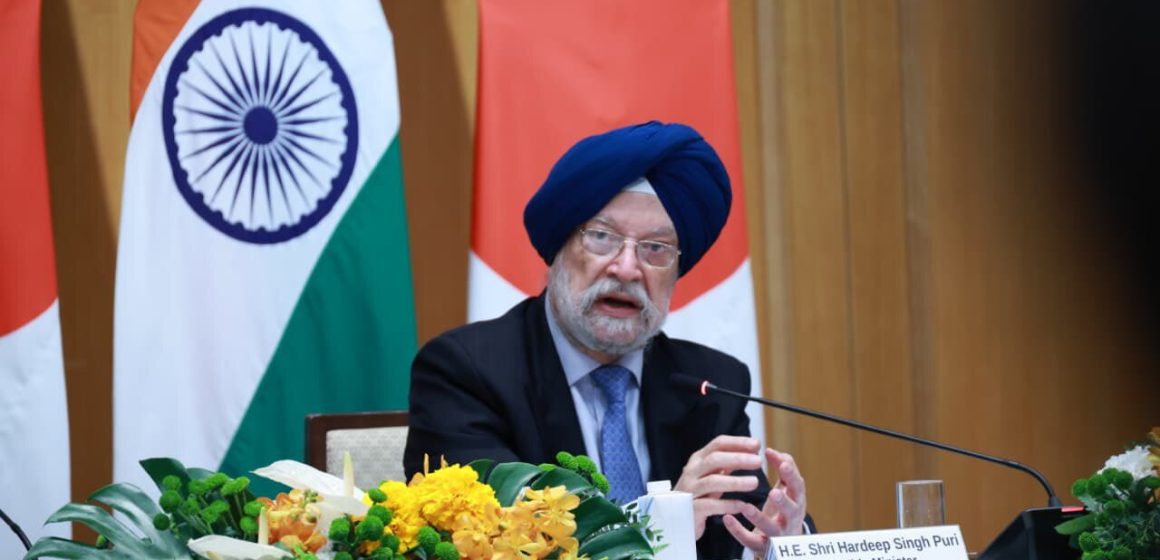Addressing a roundtable in Tokyo, Puri noted that India and Japan can together build world‑class capabilities, resilient supply chains, skilled human capital, and stronger energy security for the Indo‑Pacific.
Union Minister for Petroleum and Natural Gas Hardeep Singh Puri has said that India’s massive scale, rising energy demand, and unprecedented infrastructure expansion, combined with Japan’s technological excellence, create a natural partnership for the region’s long-term energy stability.
Puri was addressing a roundtable with leading Japanese industry representatives in Tokyo, focusing on opportunities for Indo-Japanese collaboration across the entire energy value chain. The discussions centred on how the two major economies of the Indo-Pacific can work together to build secure, sustainable, and future-ready energy systems.
He noted that during Prime Minister Narendra Modi’s visit to Japan in August this year, both countries adopted the India-Japan Joint Vision for the Next Decade. Building on the progress made towards the 2022-26 target of ¥5 trillion in public and private investment from Japan to India, an ambitious new goal of ¥10 trillion ($68 billion) in private investment has been set for the near future. This milestone highlights the growing strategic alignment between the two nations, particularly in clean energy and emerging technologies, and reflects Modi’s commitment to translating this partnership into practical and transformative outcomes.
Puri emphasised that India is opening up over $500 billion in investment opportunities across exploration and production, liquified natural gas (LNG), city gas distribution, hydrogen, shipping, and new fuels. With its large and young workforce, reform-driven business environment, and the spirit of Make in India for the World, India offers immense potential for Japanese investors.
Japan, in turn, brings cutting-edge technology, advanced industrial systems, expertise in high-quality infrastructure, and global leadership in green and environmental technologies, making the partnership inherently complementary.
Bilateral Energy Synergy
Puri further underlined that India’s policy landscape has been transformed through 100 per cent FDI in energy sectors, transparent bidding, and year-round exploration licensing, creating a predictable and investor-friendly environment. Puri observed that India’s six major oil and gas PSUs recorded revenues of about $315 billion in FY2024-25, representing nearly 8 per cent of India’s GDP. Such scale, he said, positions India as a global anchor in the energy sector and a reliable long-term partner for Japanese companies.
Puri highlighted that India today is the world’s third-largest oil consumer and will account for nearly 30 per cent of incremental global energy demand over the next two decades. He noted India’s expanding natural gas infrastructure—which includes an investment outlay of approximately $72 billion—as a major area of synergy with Japan’s technological strength, especially in integrating gas with future energy solutions such as hydrogen.
Recalling the long-standing trust between the two countries, he cited the example of the Maruti-Suzuki partnership, which reshaped India’s industrial landscape. He said that today, India and Japan stand at a similar inflexion point in the energy sector to build world-class capabilities, co-create resilient supply chains, develop skilled human capital, and jointly strengthen the energy security of the Indo-Pacific.


